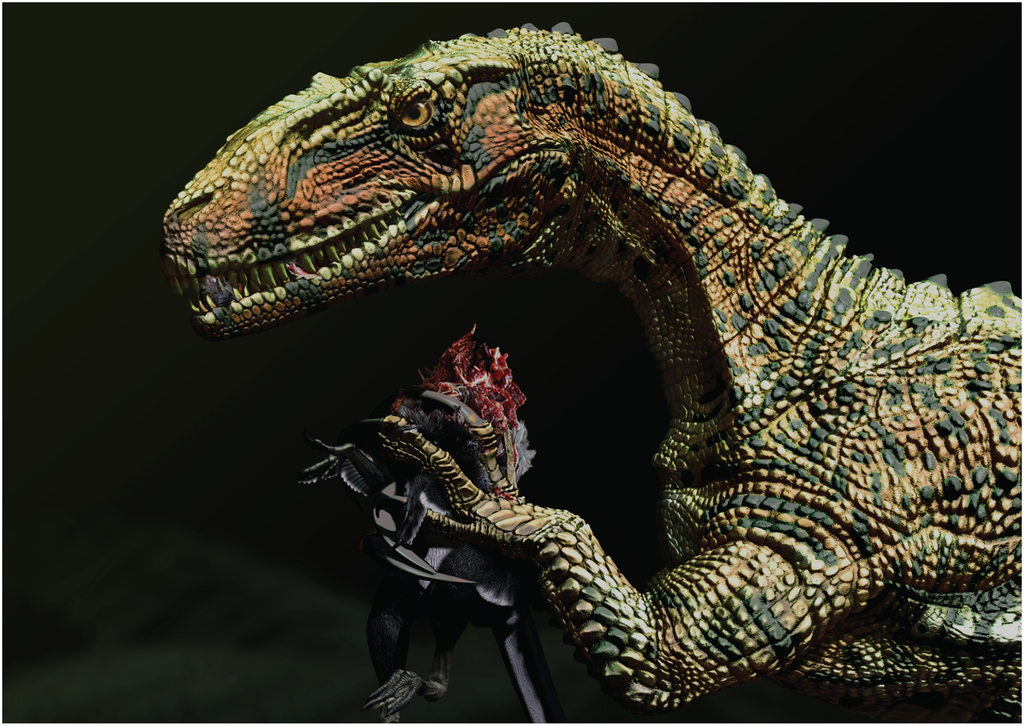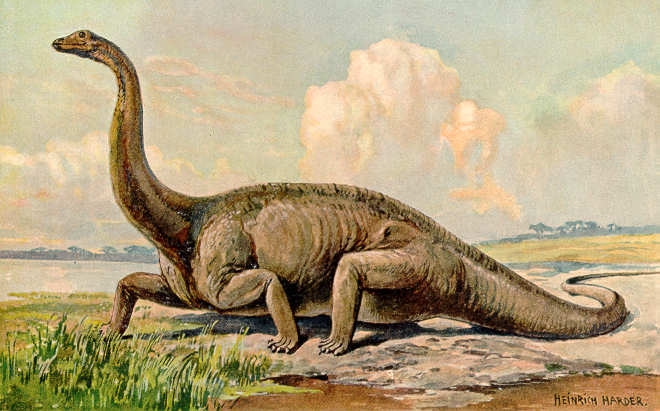Could Dinosaurs Swim? What Fossil Tracks Reveal
In the vast prehistoric world where dinosaurs roamed, questions about their capabilities continue to fascinate scientists and enthusiasts alike. Among these questions, the ability of dinosaurs to navigate water environments remains particularly intriguing. For decades, paleontologists have pieced together evidence from fossilized remains, studying bone structure and anatomical features for clues about aquatic abilities. However, ...













